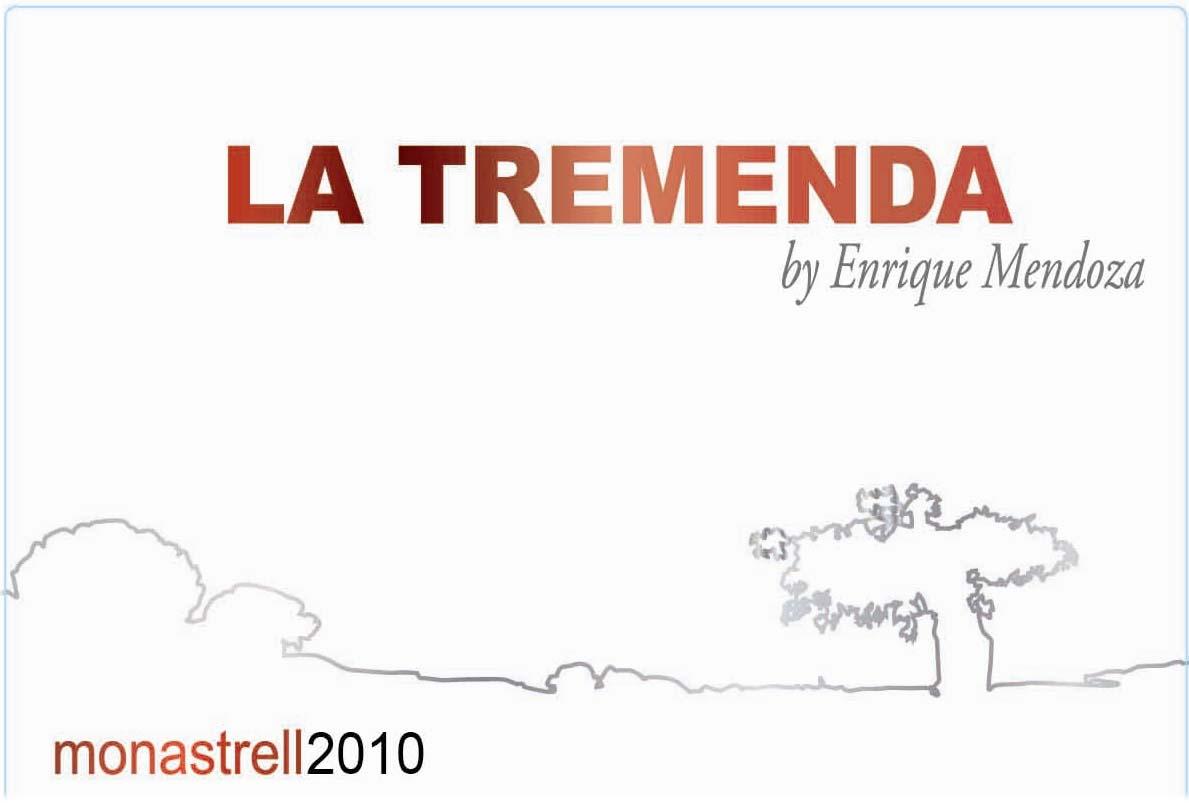2010 Alicante Monastrell
Bodegas E. Mendoza La Tremenda is a captivating red wine made from the Monastrell varietal, hailing from the sun-kissed region of Alicante. This 2010 vintage showcases an intense ruby color that alludes to its rich character. On the palate, it reveals a medium-bodied profile, coupled with a delightful balance of high acidity that brings freshness and vibrancy. The fruit intensity is pronounced, with bold notes of dark berries and ripe plum intermingling with hints of earthy undertones. The tannins are notably firm, providing structure and depth to the wine, while its dryness enhances the overall complexity. Enjoy this exquisite offering with hearty dishes or simply savor it on its own for a truly memorable experience.
Bodegas E. Mendoza La Tremenda is a captivating red wine made from the Monastrell varietal, hailing from the sun-kissed region of Alicante. This 2010 vintage showcases an intense ruby color that alludes to its rich character. On the palate, it reveals a medium-bodied profile, coupled with a delightful balance of high acidity that brings freshness and vibrancy. The fruit intensity is pronounced, with bold notes of dark berries and ripe plum intermingling with hints of earthy undertones. The tannins are notably firm, providing structure and depth to the wine, while its dryness enhances the overall complexity. Enjoy this exquisite offering with hearty dishes or simply savor it on its own for a truly memorable experience.




